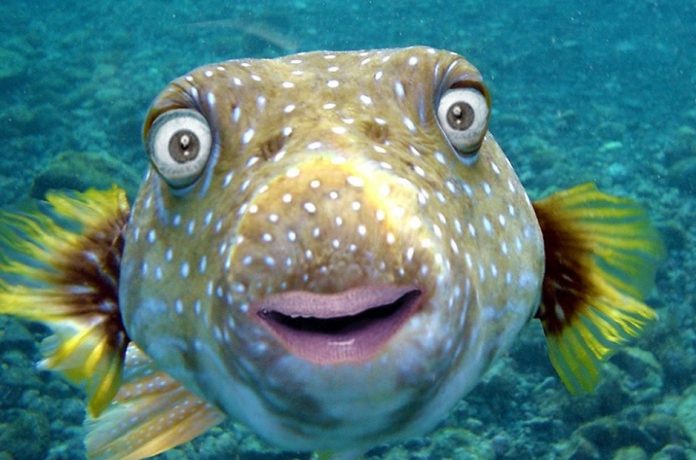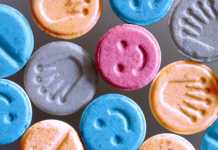The historical and renowned London has skyrocketed to the top of infamy. A recent discovery that was made through research performed by the King’s College in London indicates that the Thames River constantly has detectable levels of cocaine flowing through it, and at levels higher than any other area on the continent.
The cocaine is reaching the river from the public’s urine, through treated sewage. The treatment process does not filter out cocaine, so it is going directly into the water. Also, untreated water that goes into the river following storms is further spiking the cocaine percentages in the water. The researchers have found that the cocaine is creating “hyperactive” eel and that it is simultaneously affecting the surrounding aquatic ecosystem.
Researchers found one microgram of cocaine per one liter of untreated water is what winds up in the river. Reports from a controlled study performed by Italian scientists state that two micrograms per liter are enough to send the eels into a frenzy and cause damage to their muscles. It has been reported that the chemicals build up in their brains, muscles, gill, and skin.
According to the sewage analysis, London residents use more cocaine than any other European city, blatantly higher than the other cities tested. Interested parties are calling for upgraded water treatment methods that filter out the chemicals, however, it has already been brought to light that the Tideway Tunnel sewer should stop all waste from reaching the river once it opens in 2023.
Experts and conservationists not related to the study have publicly countered the research by stating that the levels in the study fluctuate and that the detectable cocaine levels are not a concern. They also said that levels in the river are not constant and nowhere near the levels used in the Italian controlled study; that the Thames was once heavily polluted, but has become one of the cleanest bodies of water in Europe.
The rise in detectible cocaine levels will get sorted out in no time and it is not an environmental concern. It is not a cause waiting for an activist group to save it, it merely is an indication that many London residents like to consume cocaine, and that the water treatment representatives need to step up their game a little bit.














![Drug dealer mixes RAT POISON into MDMA to be sold at Festival [VIDEO]](https://www.ravejungle.com/wp-content/uploads/2018/08/ecstasy-pills-218x150.jpg)




